Compatibility Tests (CTs)
Compatibility Tests (CTs) are a Fable testing method to quickly evaluate how compatible a product’s critical flows are with a range of assistive technology. CTs engage five assistive technology users and capture completion rates alongside issues and blockers. To measure usability, learn more about the AUS.

Why use Compatibility Tests

It’s actionable
Get a list of accessibility issues experienced by assistive technology users to fix, alongside relevant WCAG criteria.

It’s critical
CTs help you understand if people with disabilities can complete critical flows. Prioritize flows with the lowest completion rates.

It’s fast
CTs take less than two business days to collect data, making them perfect for testing within sprint cycles.

It’s repeatable
CTs are easily re-tested, making them perfect for monitoring the accessibility of critical flows overtime.
Companies using CTs

Shopify
How does a product team know when accessibility is baked-in by default? Part of the process is to measure the accessibility of a product. Shopify is able to do this by leveraging Compatibility Tests.
How Shopify ships accessible themes for merchant storefronts

John Lewis & Partners
“… The end result will produce either a data report with verbatim feedback broken down task by task, combined with a score on who managed to complete the test…”
How John Lewis & Partners uses Fable to test their website and designs
Companies using CTs

Shopify
How does a product team know when accessibility is baked-in by default? Part of the process is to measure the accessibility of a product. Shopify is able to do this by leveraging Compatibility Tests.
How Shopify ships accessible themes for merchant storefronts

John Lewis & Partners
“… The end result will produce either a data report with verbatim feedback broken down task by task, combined with a score on who managed to complete the test…”
How John Lewis & Partners uses Fable to test their website and designs
Why we made CTs
When we launched Fable Engage in 2018, we wanted to make it easy for product teams to quickly gather feedback from people with disabilities in QA. We endeavoured to ensure accessibility would never be a bottleneck, so we prioritized speed.
Compatibility Tests are an unmoderated accessibility testing method that gives teams feedback from five different assistive technology users within two days. It’s task-flow oriented, evaluation functional linear flow similar to typical User Acceptance Testing (UAT) practices.
Every Compatibility Test is made up of a collection of steps presented to a Testers. Steps are prescriptive and tell the user exactly what to interact with and how. At every step, Testers are prompted to log accessibility issues they encounter. Afterwards, they answer a short survey. Results are presented back in a dashboard, showcasing the most important issues identified – those that prevent completion – and associate issues with relevant WCAG criteria.
Compatibility Tests put compliance in a user perspective.
Why we made CTs
When we launched Fable Engage in 2018, we wanted to make it easy for product teams to quickly gather feedback from people with disabilities in QA. We endeavoured to ensure accessibility would never be a bottleneck, so we prioritized speed.
Compatibility Tests are an unmoderated accessibility testing method that gives teams feedback from five different assistive technology users within two days. It’s task-flow oriented, evaluation functional linear flow similar to typical User Acceptance Testing (UAT) practices.
Every Compatibility Test is made up of a collection of steps presented to a Testers. Steps are prescriptive and tell the user exactly what to interact with and how. At every step, Testers are prompted to log accessibility issues they encounter. Afterwards, they answer a short survey. Results are presented back in a dashboard, showcasing the most important issues identified – those that prevent completion – and associate issues with relevant WCAG criteria.
Compatibility Tests put compliance in a user perspective.
What data do you get?
Every Compatibility Test is reviewed by five assistive technology users on either desktop/laptop or mobile devices. Any mix of configurations are possible, but the most popular is three screen reader users, one magnification user, and one alternative navigation users. Collect the following with every CT:
- Task completion rates
- High priority issues that prevent completion
- Component level issues by assistive technology
- Relevant WCAG criterion per issue
- Likelihood to recommend


What data do you get?
Every Compatibility Test is reviewed by five assistive technology users on either desktop/laptop or mobile devices. Any mix of configurations are possible, but the most popular is three screen reader users, one magnification user, and one alternative navigation users. Collect the following with every CT:
- Task completion rates
- High priority issues that prevent completion
- Component level issues by assistive technology
- Relevant WCAG criterion per issue
- Likelihood to recommend
Access Compatibility Tests
Compatibility Tests are available with a subscription to Fable Engage. Fable Engage enables you to connect to people with disabilities remotely and on-demand to accelerate your user research, design, and development.
Access Compatibility Tests
Compatibility Tests are available with a subscription to Fable Engage. Fable Engage enables you to connect to people with disabilities remotely and on-demand to accelerate your user research, design, and development.
